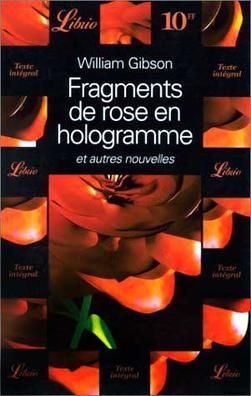
Meanwhile, Bobby’s girl, Rikki, leaves to go and seek her fortune in Hollywood. Jack and Bobby are successful, and manage to steal money from Chrome, whom they also take down in the process. Jack realises that the mysterious software he has bought offers a way into Chrome’s computer.

However, as Bobby begins to lose interest in Rikki, she and Jack grow closer. Jack recalls the night Bobby brought Rikki back to their apartment and he had to leave them alone so they could make love, while he went and slept in a hotel. Bobby’s girlfriend, Rikki, is with them: Bobby picked her up in a bar known as the Gentleman Loser, as Jack explains Bobby often went and found a new girl whenever he felt he was losing his touch as a hacker. The software turns out to be Russian hacking software which Jack and Bobby use to carry out the job. Even the Finn isn’t sure precisely what the software is or does, but Jack takes a chance and buys it anyway. Jack travels to New York and buys a piece of software from a man known simply as ‘the Finn’. Chrome, it turns out, is a powerful woman in the mob world, who worked her way up from sex work and drug dealing to become a well-connected career criminal. Along with his friend and fellow hacker, a twenty-eight year-old man named Bobby Quine, Jack is trying to hack into a system so he can steal money from a powerful criminal: the ‘Chrome’ of the story’s title.

The story is narrated by a professional computer hacker, Automatic Jack. It’s the first Gibson I ever read, and I was immediately hooked. This story – which is often cited as the first place where the term ‘cyberspace’ was used in print – is dense in its imagery and symbolism, so some words of analysis may help to illuminate it.

The story was first published in the science-fiction magazine Omni before being collected in Gibson’s first short-story collection, which is also called Burning Chrome. ‘Burning Chrome’ is a 1982 short story by the author William Gibson, who is widely considered the father of cyberpunk.


 0 kommentar(er)
0 kommentar(er)
